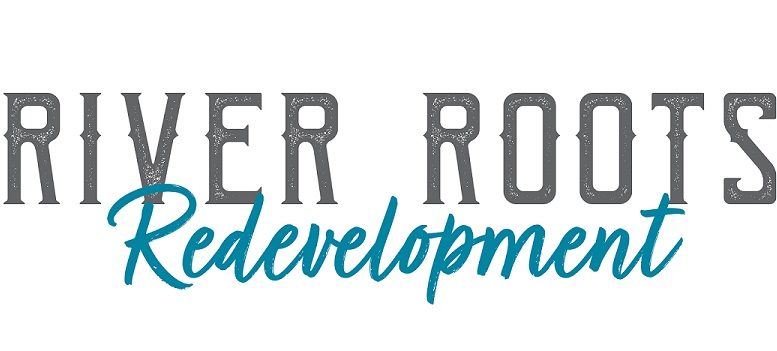In our exploration of sustainable landscape practices, we looked at vertical gardens. Now, let’s go bigger and see how that concept has morphed into vertical farms!
Vertical farming has the potential to allow us to increase food production while keeping the same or smaller physical footprint. By 2050, the world population is estimated to exceed 9 billion. So, it’s for good reason that the concept has popped up on the radar of researchers in many areas, including the United States Department of Agriculture (USDA), which along with the Department of Energy has been holding workshops and conferences as well as devoting research and funding to vertical farming and food security.
The benefits of vertical farming are that the method allows better control of the growing environment, less concern for weather patterns, and even reduced water use. But, like all new methods, vertical farming has some obstacles to overcome—one of those being the extra use of electricity to run LED lighting. Currently, vertical farming uses about 7 times the amount of electricity that traditional farming uses (2021 Global CEA Census Report), most of that for lighting.
So, is vertical farming just a fanciful idea that’s not practical or sustainable? How can we solve this energy problem? Eden Green, a Texas-based company is experimenting with combining vertical farming with greenhouse farming, and they just might be succeeding. They opened their first greenhouse in 2017, and now have plans to open two more within the year.
Eden Green started when brothers Jacques and Eugene van Buuren attended an event in their native country of South Africa. While there, they witnessed a heartbreaking sight–a 5-year-old boy saving his food to give to his 3-year-old sister because it was her day to eat, not his. This sparked the engineer brothers’ mission to extend access to fresh and healthy produce to more communities, and so they founded Eden Green. The focus of the company is to find better ways to sustainably grow produce, especially those items that cause the most safety and environmental problems for our food system.
By combining vertical farming techniques with hydroponics and greenhouses, Eden Green is able to harvest 3 times as often, use 98% less water than traditional farms, and use 90% less light energy than other vertical farms. Plus, each campus provides a living wage to 50+ employees and donates up to 10% of harvests each week to local nonprofits. And produce can be delivered to retailers within hours of being picked instead of weeks.
Maybe vertical farming has a future after all. And with advances in agrovoltaics (combining agriculture and solar energy production) and other renewable energy, who knows what else the future will bring.
If sustainable agriculture interests you, stop in to chat on Fridays in Foxburg from 1-3 pm. Weather pending, we will start at Divani and then move up the hill for the last half hour at River Roots Community Farm located at AC Valley School District.
Rachel Brosnahan is the Community Engagement Coordinator for River Roots Redevelopment. She can be reached by email at rachel@riverrootsredevelopment.org.









































